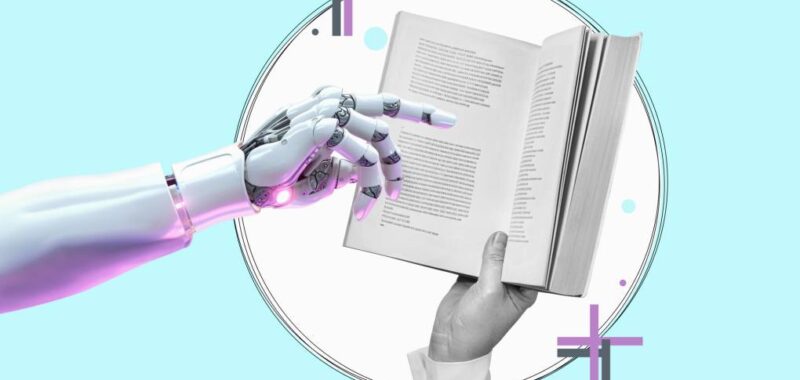Unguided use of ChatGPT, the Harvard scientists argue, lets students complete assignments without engaging in critical thinking.
Kestin doesn’t deliver traditional lectures. Like many physicists at Harvard, he teaches through a method called “active learning,” where students first work with peers on in-class problem sets as the lecturer gives feedback. Direct explanations or mini-lectures come after a bit of trial, error and struggle. Kestin sought to reproduce aspects of this teaching style with the AI tutor. Students toiled on the same set of activities and Kestin fed the AI tutor the same feedback notes that he planned to deliver in class.

Kestin provocatively titled his paper about the experiment, “AI Tutoring Outperforms Active Learning,” but in an interview he told me that he doesn’t mean to suggest that AI should replace professors or traditional in-person classes.
“I don’t think that this is an argument for replacing any human interaction,” said Kestin. “This allows for the human interaction to be much richer.”
Kestin says he intends to continue teaching through in-person classes, and he remains convinced that students learn a lot from each other by discussing how to solve problems in groups. He believes the best use of this AI tutor would be to introduce a new topic ahead of class – much like professors assign reading in advance. That way students with less background knowledge won’t be as behind and can participate more fully in class activities. Kestin hopes his AI tutor will allow him to spend less time on vocabulary and basics and devote more time to creative activities and advanced problems during class.
Of course, the benefits of an AI tutor depend on students actually using it. In other efforts, students often didn’t want to use earlier versions of education technology and computerized tutors. In this experiment, the “at-home” sessions with PS2 Pal were scheduled and proctored over Zoom. It’s not clear that even highly motivated Harvard students will find it engaging enough to use regularly on their own initiative. Cute emojis – another element that the Harvard scientists prompted their AI tutor to use – may not be enough to sustain long-term interest.
Kestin’s next step is to test the tutor bot for an entire semester. He’s also been testing PS2 Pal as a study assistant with homework. Kestin said he’s seeing promising signs that it’s helpful for basic but not advanced problems.
The irony is that AI tutors may not be that effective at what we generally think of as tutoring. Kestin doesn’t think that current AI technology is good at anything that requires knowing a lot about a person, such as what the student already learned in class or what kind of explanatory metaphor might work.
“Humans have a lot of context that you can use along with your judgment in order to guide a student better than an AI can,” he said. In contrast, AI is good at introducing students to new material because you only need “limited context” about someone and “minimal judgment” for how best to teach it.
This story about an AI tutor was written by Jill Barshay and produced by The Hechinger Report, a nonprofit, independent news organization focused on inequality and innovation in education. Sign up for Proof Points and other Hechinger newsletters.

